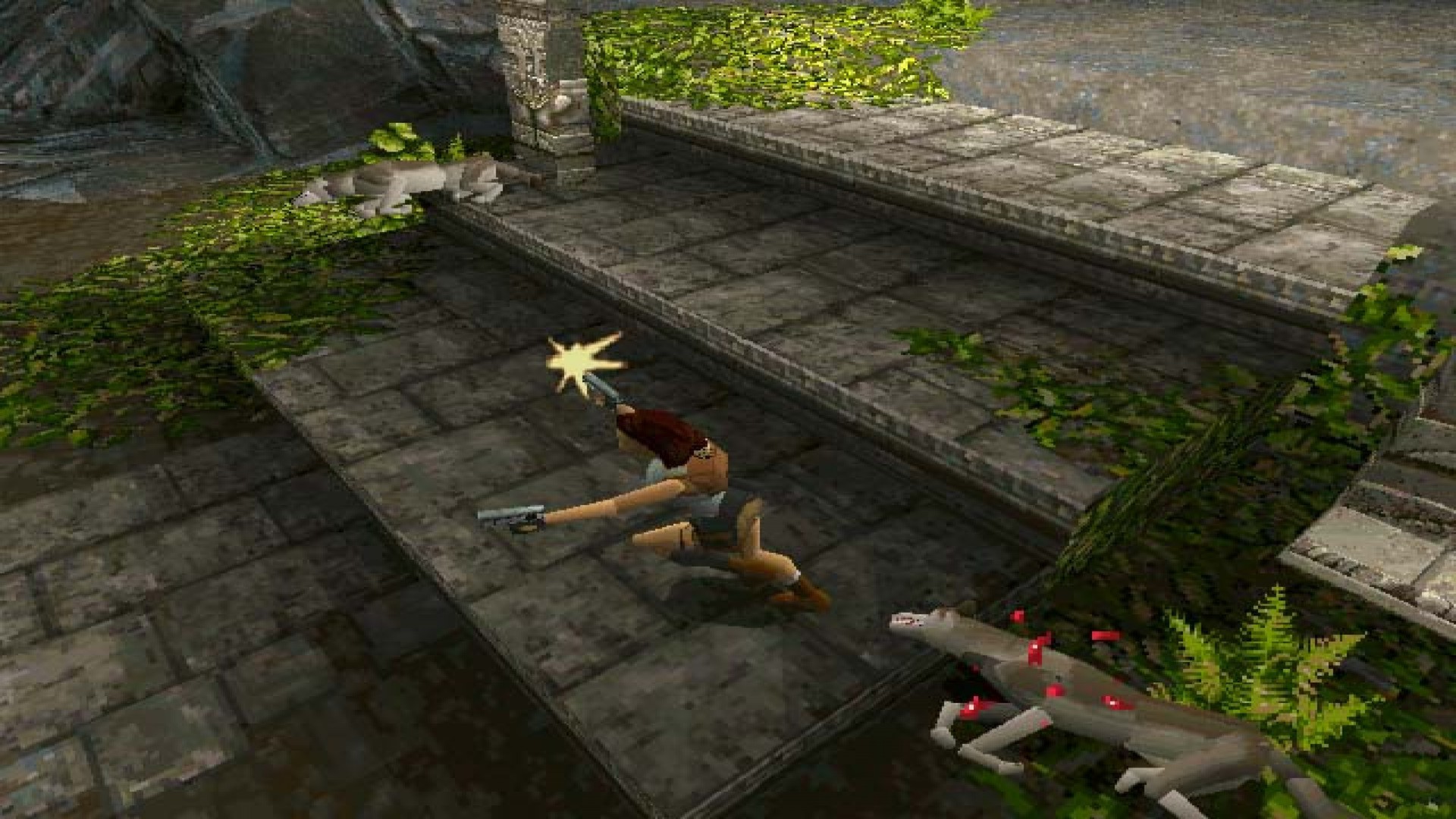Player identification in digital games can take many forms.
In his article ”’Who am “I” in the game?’ A Typology of the Modes of Ludic Subjectivity”, Daniel Vella explores the forms taken by the ‘I’ the player identifies as themselves in a digital game and suggests a typology of the different modes of this identification – the modes of ludic subject-positioning. Starting from the observation that most digital games are set in virtual environments in which the different components of the game are organized in time and space, Vella sees it as bound to establishing the “I-in-the-gameworld”.
Using Dark Souls as an example, Vella discusses the notions of “point of view” and “point of action” as an entryway into the topic. Point of view, the “’I’ who experiences”, can be identified in situations such as the player noticing an enemy, while point of action, the “’I’ who acts”, can be seen when the player performs actions in the game. To Vella, however, this model is too focused on the visual aspect and fails to consider the player’s perceptions and actions combining into “a unified subjectivity” identified by the player as ‘I’.
As a proposed solution, Vella introduces the “Game Ego”. Referring to a bodily function serving as a point of being within the gameworld “through a tactile motor/kinaesthetic link”, it is criticized by Vella for being overly vague due to it being intended to have a wider reference but still failing to apply to games such as Tetris in the sense of the player being a formal entity in the gameworld.
He then suggests his notions of “ludic subject-position” and the “ludic subject”, defining the former as the player’s “perceptual standpoint” in relation to the gameworld, encompassing many different player-perspective senses in digital games, and the latter as the actual “I-in-the-gameworld”, the “’I’ responsible for the experiences of – and actions within – the gameworld. Vella emphasizes the ludic subject differing from a character in a story – while one plays Lara Croft in Tomb Raider, the character does not equal the ludic subject since it, unlike the ludic subject, is separate from the player as an individual.
Building on these notions, he introduces five ludic subject-positions: “singular embodied”, “multiple embodied”, “distributed”, “semi-transcendent”, and “pure transcendent“. The first three represent embodied ludic subjectivity, where the player interacts with the virtual environment through an avatar, enabling them to have a reference point of ‘here’ through spatial and auditory standpoints and a visual point of view in the gameworld, as well as determining the “capabilities and limitations” regarding the extent of the player’s actions there – giving meaning to gameworld entities based on their interactability.
The first mode, singular embodied, concerns the player’s embodiment through a single avatar. Vella distinguishes tangible and indirect modes of interaction – the former referring to interaction simulating physical interaction and the latter to interaction through symbolic action – and notes that singular embodied ludic subjectivity can include either one. Multiple embodied has the player controlling two or more avatars one at a time, all of them simultaneously present in the gameworld. The usage of various characters changes the player’s experience due to the widened possibilities of action. Distributed refers to the player controlling multiple avatars at the same time, entailing the spatial standpoint disappearing, the player viewing the characters as a group of tools to be utilized, and in most cases, indirect interaction.
In transcendent ludic subjectivity, the player’s standpoint manifests in their actions in the gameworld instead of an avatar. Point of view and an auditory standpoint are still present, relating to the player moving about the gameworld without an avatar. Capabilities and limitations are also present as possibilities of action. This group of modes is divided into semi-transcendent and pure transcendent, the former involving the player controlling one or more avatars while also being able to interact with the gameworld without using one. Interacting with the gameworld without the avatar is neither tangible nor indirect interaction, and is labelled “direct action” by Vella. Pure transcendent includes no playable figures, and all interaction occurs in the form of direct action. The action-possibilities are still present to shape the player’s experience.
In conclusion, Vella acknowledges that not all games fit into these modes, some using more than one mode or utilizing non-ludic modes – such as literary and filmic – of representing the ‘I’. Despite this, he still believes his typology will be beneficial in exploring the different phenomenological relations between the real world and games as representations of it.
Article: ”Who am ’I’ in the game?” A Typology of the Modes of Ludic Subjectivity
Authors: Daniel Vella
Publication: DiGRA/FDG 2016
Published: August 2016
Online: http://www.digra.org/wp-content/uploads/digital-library/paper_234.pdf
You might also like
More from Game Research Highlights
How do you want to do this? – A look into the therapeutic uses of role-playing games
Can playing RPGs contribute positively to your wellbeing? A recent study aims to find out how RPGs are being used …
Eldritch horrors and tentacles – Defining what “Lovecraftian” is in games
H.P. Lovecrafts legacy lives today in the shared world of Cthulhu Mythos and its iconic monsters. Prema Arasu defines the …
Are Souls Games the Contemporary Myths?
Dom Ford’s Approaching FromSoftware’s Souls Games as Myth reveals the Souls series as a modern mythology where gods fall, desires …

















